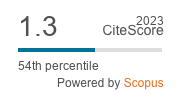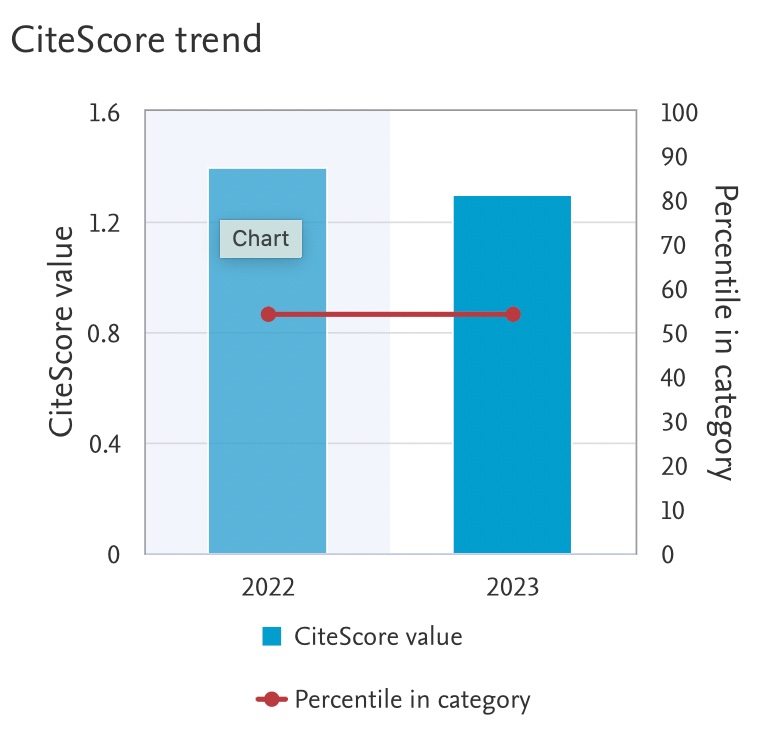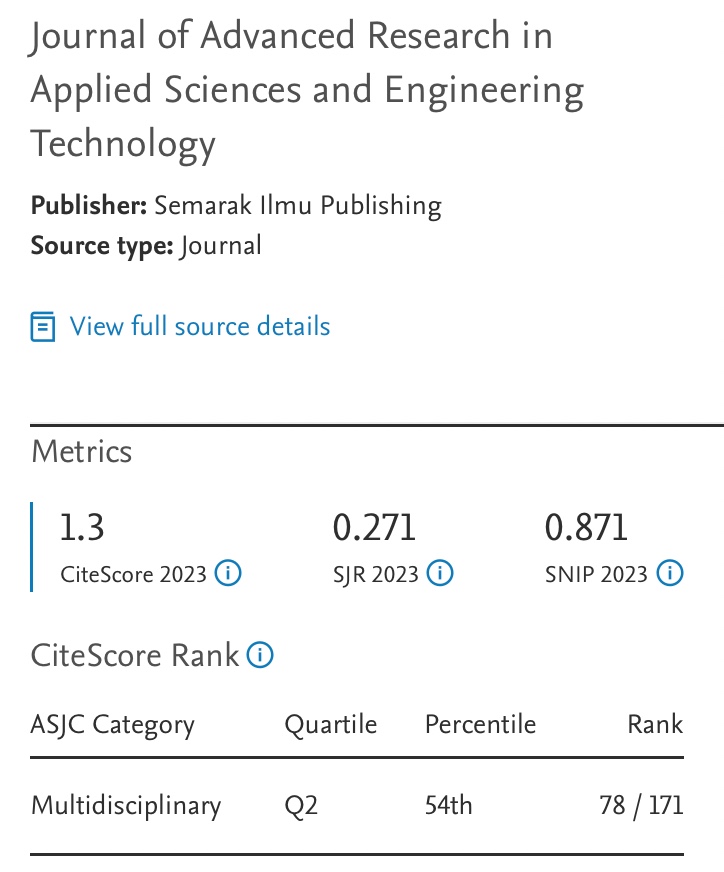Building Information Modelling (BIM) in Hospital Facilities Management Services: A Significant Systematic Review
DOI:
https://doi.org/10.37934/araset.62.3.4156Keywords:
Building information modelling, hospital, facilities, management, servicesAbstract
Utilizing Building Information Modelling (BIM) in the context of hospital facilities has gained substantial attention due to its potential to revolutionize maintenance, operations, as well as decision-making processes. The systematic literature review investigates the effects, challenges and advantages associated with BIM application in hospital facilities management (FM), serving as a comprehensive resource for healthcare and construction industry professionals. However, a comprehensive comprehension with respect to the present state of study, the methodologies employed and the practical implications of BIM adoption in the context of hospital FM is lacking. The PRISMA framework serves as a guiding structure for systematic reviews and meta-analyses, ensuring the meticulous selection and analysis of pertinent studies while emphasizing transparency and methodological rigor throughout the process. Advanced searching techniques are employed to enhance the precision and inclusiveness of the literature search. The review specifically leverages the Scopus and Web of Science (WoS) databases, tapping into their extensive repositories of scholarly work. The synthesis of the literature yields a rich tapestry of insights, with expert validation emerging as a central theme. The results are organized into three key themes: (1) Advantages of BIM Implementation in Construction and Healthcare; (2) Effects of BIM on Construction Practices and Health Facilities; and (3) Issues and Challenges in BIM Adoption in Healthcare and Construction. The final finding data is (n=25), which review identified key themes. Results showcase the benefits of BIM implementation in optimizing maintenance practices and enhancing operational efficiency in healthcare settings. Finally, BIM can improve hospital facilities management by increasing maintenance, operational efficiency and decision-making. Despite issues with complexity and coordination, BIM's benefits make it important in healthcare. The literature review provides professionals with a clear path to efficiently implementing BIM in their work.
Downloads





























